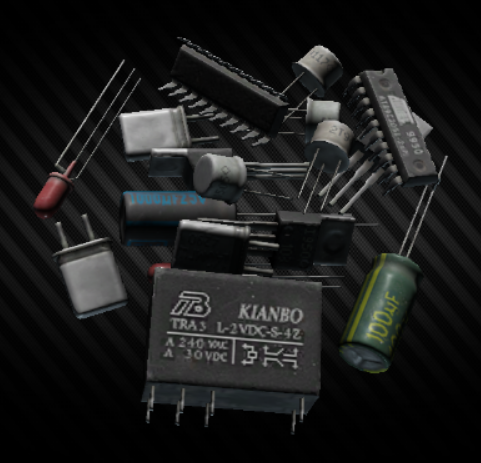In the ever-evolving realm of technology, digital electronics play a pivotal role in shaping our modern world. From smartphones to supercomputers, these electronic systems have revolutionized the way we communicate, compute, and interact with the digital landscape. In this article, we delve into the depths of digital electronics, exploring the two fundamental types that underpin their functionality and applications.
- Combinational Digital Electronics:
Combinational digital electronics form the foundation of many digital systems, employing logic gates to process and manipulate binary data. These circuits are designed to perform specific functions based on the current input values, without any memory or feedback mechanism. The output solely depends on the present input, making them ideal for tasks such as arithmetic operations, data encoding, and decoding.
Logic gates, the building blocks of combinational circuits, include AND, OR, NOT, XOR, and NAND gates. By combining these gates in various configurations, complex operations can be achieved. For instance, an arithmetic logic unit (ALU) in a computer processor utilizes combinational circuits to perform arithmetic and logical operations, enabling the execution of complex tasks.
- Sequential Digital Electronics:
While combinational circuits excel at instantaneous processing, sequential digital electronics introduce the concept of memory and feedback, enabling the storage and manipulation of data over time. These circuits utilize flip-flops, registers, and counters to store and transmit information, making them essential for tasks that require memory, such as data storage, synchronization, and control systems.
Flip-flops, the fundamental building blocks of sequential circuits, store a single bit of information and can be triggered by clock signals. They come in various types, including D flip-flops, JK flip-flops, and T flip-flops, each with its unique characteristics and applications. By connecting multiple flip-flops, registers can be created, allowing the storage of larger amounts of data. Moreover, counters utilize sequential circuits to generate a sequence of numbers, finding applications in digital clocks, frequency dividers, and event counters.
Conclusion:
Digital electronics encompass a vast array of technologies and applications, with combinational and sequential circuits serving as the two fundamental types. Combinational circuits process data instantly based on input values, while sequential circuits introduce memory and feedback, enabling the storage and manipulation of data over time. Understanding these two types is crucial for designing and implementing complex digital systems that power our modern world.

